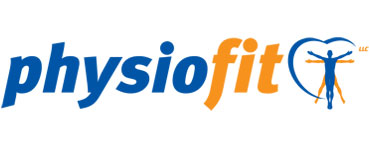Post Cancer Rehabilitation
What is Rehabilitation for the Post-Cancer Patient?
After a patient has surgery, a plan is put in place to get them back to their everyday activities; the same should go for a post-cancer patient. A comprehensive rehabilitation program is crucial to a post-cancer patient. Many oncologists recognize this and urge their patients to participate in a physical therapy program, which can help relieve pain and restore movement that may have been lost as a result of cancer treatments including chemotherapy, radiation and/or surgery. According to an article published by the Wall Street Journal, “Major cancer centers are taking steps to better coordinate rehabilitation after treatment – Medicare and most insurance companies are covering such services.”
Symptoms Post-Cancer Patients Experience
After undergoing harsh and debilitating cancer treatments, patients are often left with a number of symptoms that have major effects on their body. The inactivity or reduced activity is profound at the muscular level, as well as other areas of the body. Although each patient is different, these are some common physical symptoms post-cancer patients experience where rehabilitation would be beneficial:
- Fatigue
- Weight changes
- Pain and/or numbness
- Bladder/bowel control problems
- Nervous system changes (neuropathy)
- Loss of Strength
- Lymphedema or swelling
- Decreased Range of Motion
Treatment for Post-Cancer Patients
Physical therapy for a post-cancer patient will comprise mostly of exercise, cardiovascular reconditioning and strength training which will help mitigate the effects listed above. Exercise also improves strength, lessens fatigue and pain and has positive impacts on mood. Some specific physical therapy treatments for post-cancer patients include:
- Modalities
- Flexibility and strengthening exercises
- Cardiovascular reconditioning and endurance training
- Soft tissue mobilization and manual therapy
- Education on conserving energy and correct body mechanics
*Services are not available at all locations. Call or click the location page near you for that center’s services.
What to Expect
Every patient has a unique health history, diagnosis and personal goals. When you come for your first appointment, we will create a personalized treatment plan for you.
We work with most major insurance providers and do our best to help keep the paperwork pain-free. If you’d like to confirm your insurance coverage, please let us know and we can verify when you schedule. If your insurance provider requires a co-pay, we will ask for this payment at each visit. We accept payments by cash, check or credit card.
When to Arrive
On average, a patient’s first visit lasts about an hour. We typically ask patients to arrive 15 minutes early to sign-in, complete paperwork and/or change clothes.
What to Bring
On your first visit, you’ll need to bring your physician referral or prescription (if needed), your insurance card, your primary registration forms, your ID or driver’s license and your co-payment (as applicable). If desired, you may bring a change of clothing.
How it Works
During your first visit, your physical therapist will do an initial evaluation and discuss your plan of care. The therapist uses this information to set goals for your continued treatment. Physical therapy goals may include improved movement, strength, endurance and flexibility, as well as decreased pain. Your subsequent visits will focus on treatment that is based on your diagnosis and individualized goals.
